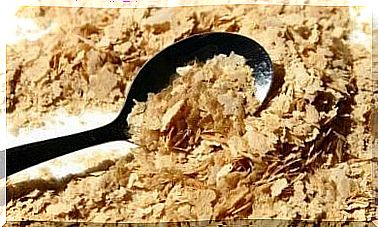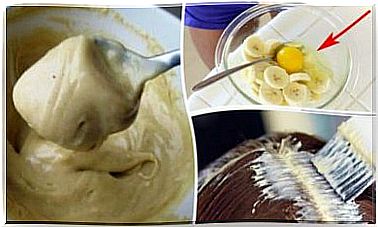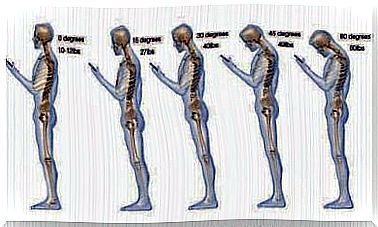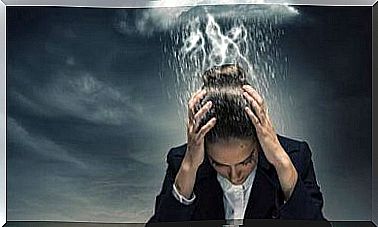Sleep Apnea In Children: Symptoms And Treatments
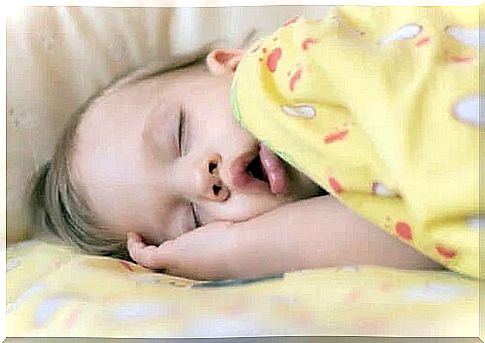
Sleep apnea in children and babies can be a source of concern for many parents. First of all, it is important to know that this problem is more than just snoring. Often, it appears immediately after birth. The breathing disorder we are going to discuss in today’s article occurs mainly during rest periods.
Obstructive sleep apnea in children and babies occurs when their breathing stops for a moment. This interruption can be partial, with some air passage or total, without oxygen exchange. Hence the severity of this condition that requires increased attention and immediate treatment. Many bodily functions, including those of the brain, are interrupted when there is no oxygen needed for the metabolism to function.
Read on to find out more about this condition and its possible treatments!
Sleep apnea in children and babies: causes
The origin of this problem in young children is the anatomy of the upper respiratory tract. The airways of a child are smaller than those of an adult. Their limited diameter can be obstructed due to the flexibility of the trachea.
Some babies have narrower upper airways than others, either because of the anatomy or because of recurrent infections. Also, a small trachea with limited cartilage is not the same as a trachea with enlarged tonsils.
One of the most common causes of this condition is tonsil hypertrophy. This lymphoid defense tissue can increase its size and prevent the proper transit of air in the body, especially in a horizontal position.
The shape of the lower jaw is also a risk factor. The shape of the airway in children with smaller facial bones is different.
Overweight children have a double risk of complications. On the one hand, the fat that accumulates in the neck puts pressure on the trachea. On the other hand, the tongue increases in size and falls backwards when children fall asleep.
In addition, children with cerebral palsy are a special case. One of the characteristics of this pathology is a lower muscle tone that facilitates airway obstruction.
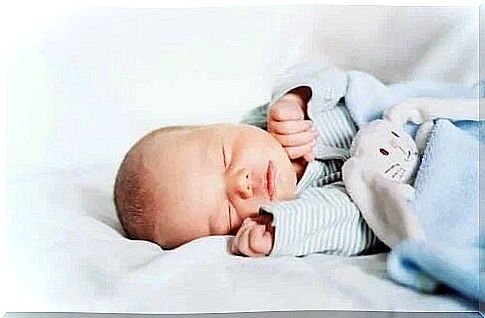
Visible symptoms of the disorder
In turn, snoring is usually accompanied by stopping breathing and rhythm. Apnea occurs when there is no inspiration or exhalation and the pulmonary mechanics is suspended for a moment.
Parents or caregivers detect this phenomenon in children, but sometimes it goes unnoticed. This does not mean that you have to constantly check if the little ones are breathing when they sleep, but that you have to pay attention from time to time, especially to the sounds.
Babies and children with obstructive sleep apnea breathe through the mouth rather than the nose, as this mechanism facilitates the entry of a larger volume of air. Apnea also dries the oral and nasal mucosa, causing thirst and nocturnal awakenings.
Long-term effects of obstructive sleep apnea in children
Well, babies with this disorder tend to be hyperactive during the day, which leads to higher caloric burns. Apnea can delay the correct progression of weight when not treated properly.
A child with obstructive sleep apnea is at risk for changes in baby teeth. According to an article in the Revista de la Asociacion Mexicana, bruxism or gnashing of teeth is more common among children with sleep problems.
There are also longer-term consequences that manifest until adolescence and even adulthood. These children are more likely to develop high blood pressure and cardiovascular disease. This is more common in obese children.
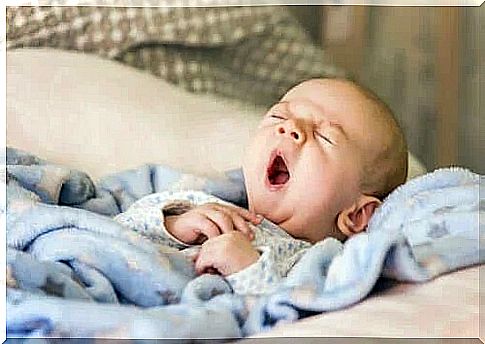
- Nasal corticosteroids or medications for topical congestion of the nasal mucosa. They work in case of rhinitis and should always be prescribed by a doctor.
- Adenoid surgery or an adenoidectomy is the right treatment for children with tonsillar hypertrophy.
- Hygienic and dietary measures can alleviate mild cases. For example, you can adjust the position when the child is lying down, the sleeping schedule, the distribution of meals and the time elapsed during rest periods.
- CPAP equipment is reserved for severe cases that do not improve as a result of the above treatments. The procedure involves injecting positive air into the airways to force oxygen to reach the lungs in the right amount. This is the last treatment option.
